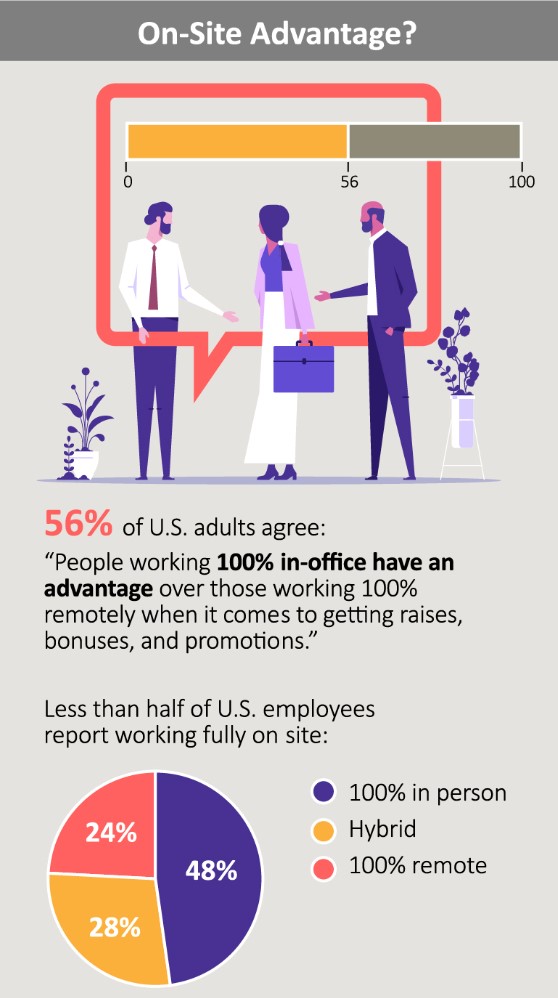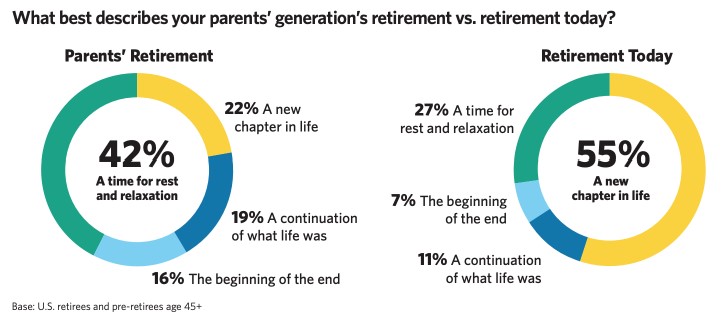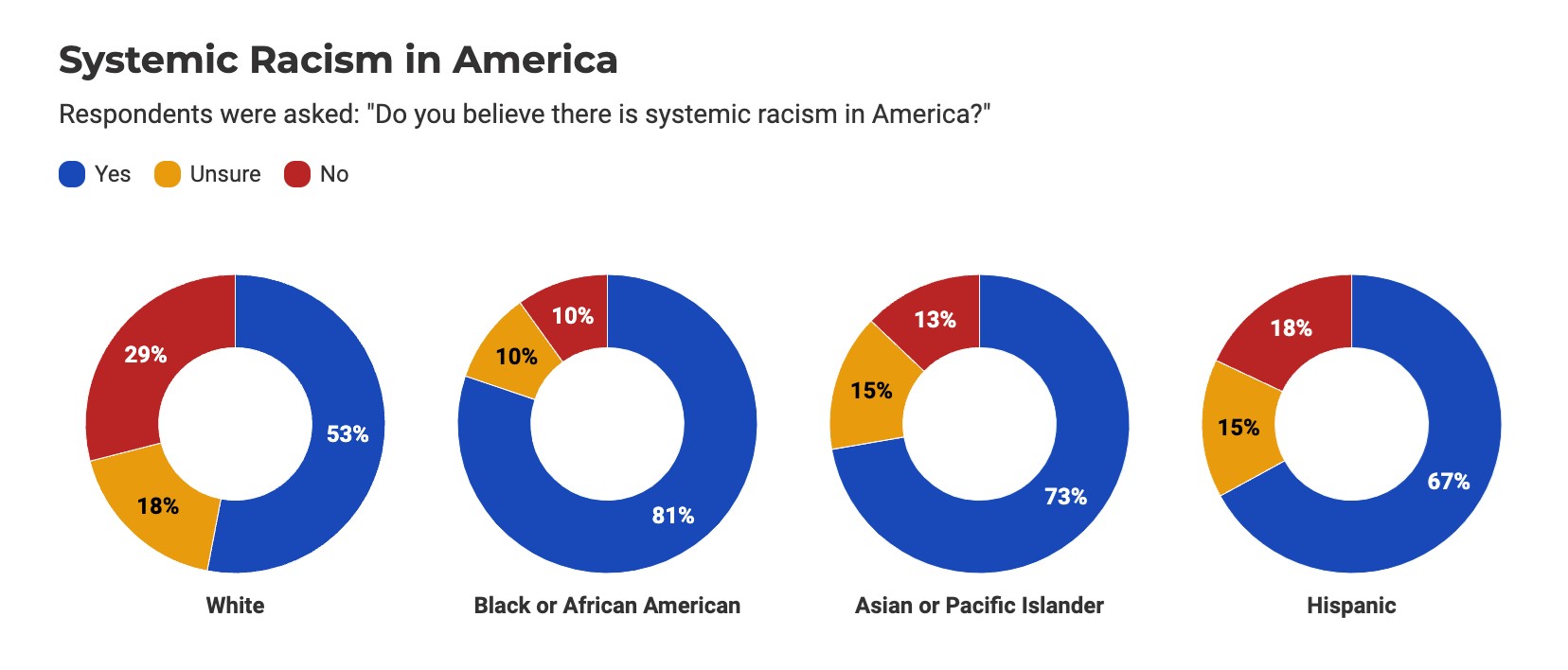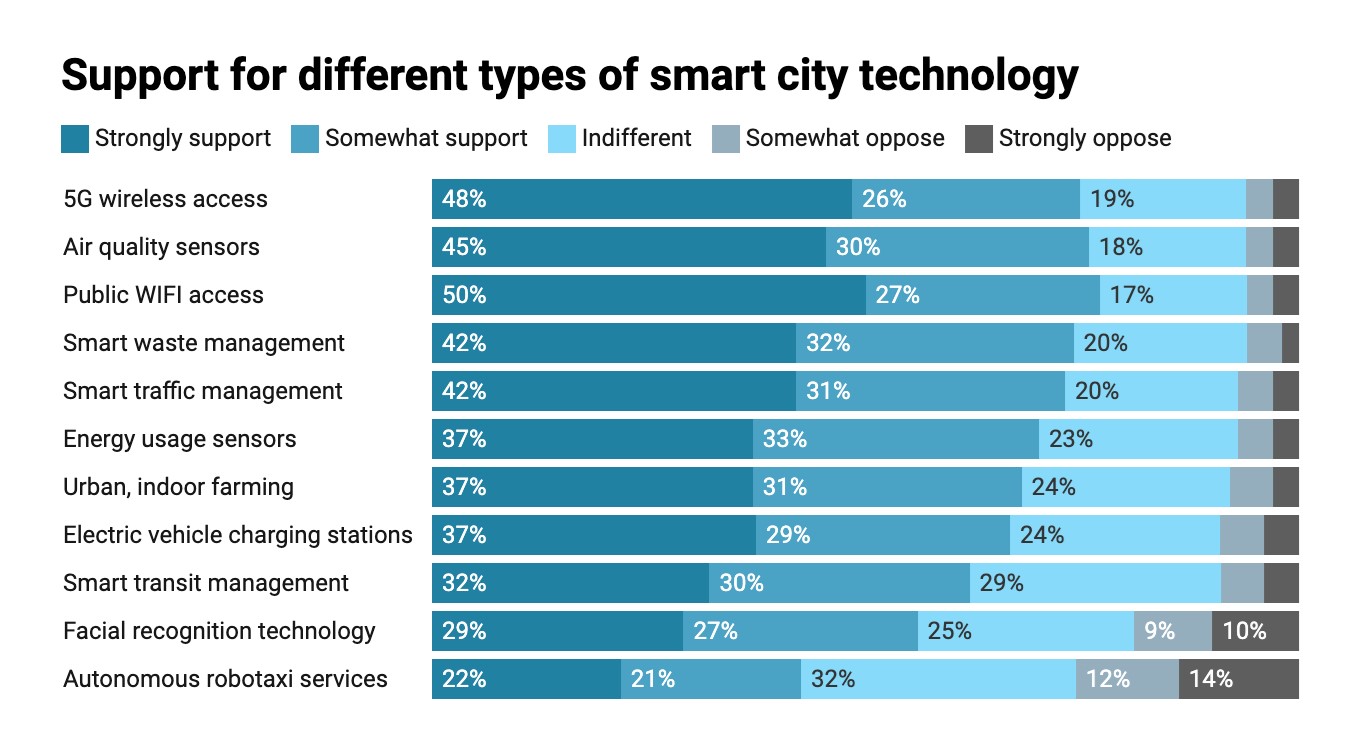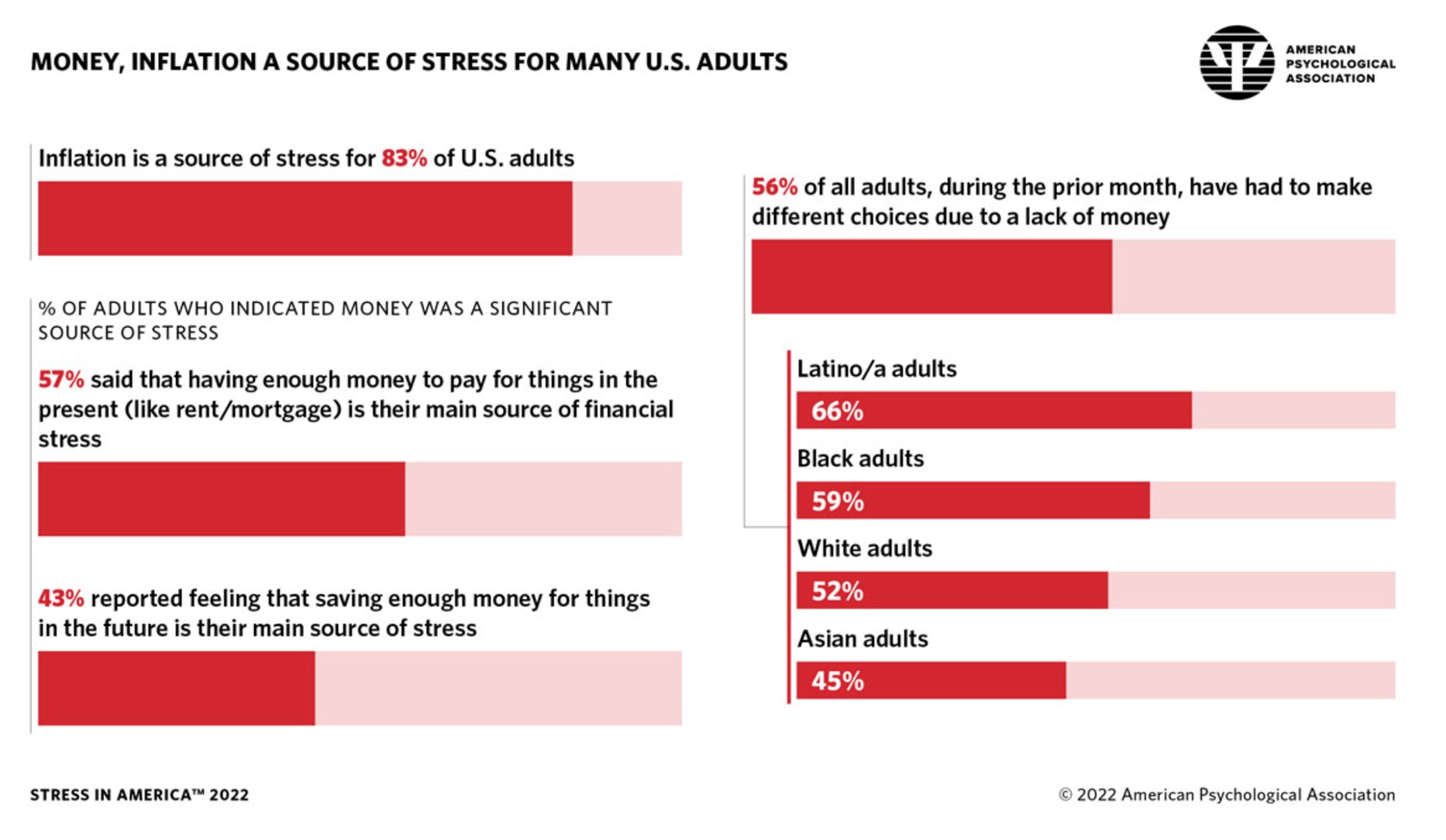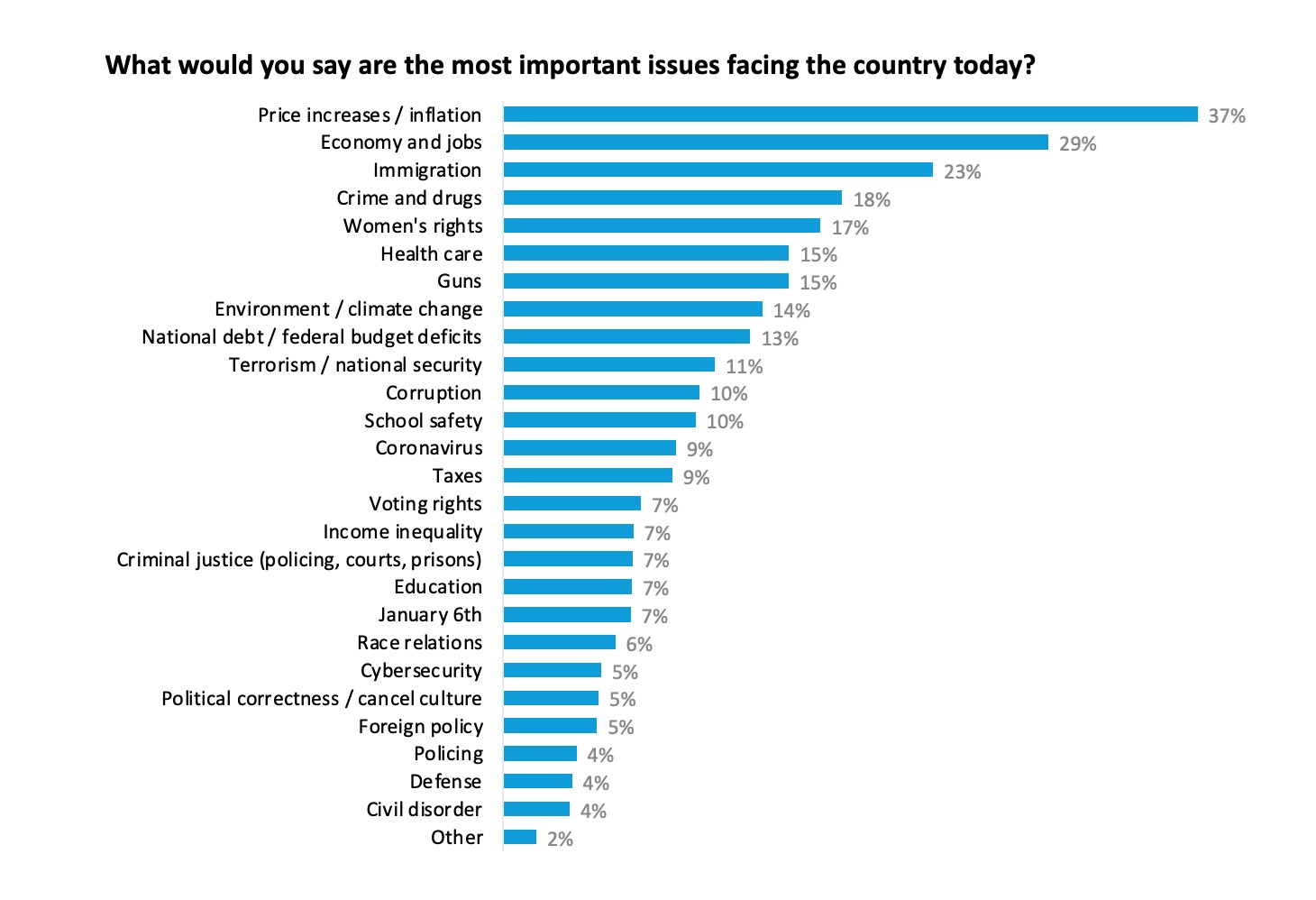The overwhelming concern and chatter about the demise of the 3rd party cookie is understandable because so much of our current data landscape relies on it. But, if we stop for a minute and regain perspective, it becomes evident that this change will ultimately be good for brands and their customers.
MAKING HOT DOGS OUT OF PROBABILISTIC DATA
The amount of deterministic, high-quality data available in the marketplace, such as the self-declared information on your LinkedIn profile, has always been scarce and expensive. Demand for probabilistic 3rd party data, which assumes information about you based on articles you’ve read, was born in the shadow of that scarcity, and 3rd party cookies, that facilitate cross domain tracking offered cheap scale. Inevitably, the consequence of that scale was a compromise in quality, as algorithms generated an abundance of probabilistic data for marketers to act on. The problems started when speculative data became the go-to for campaign insights, usurping the higher-quality data that fuels better marketing.
I like to use an analogy to the food industry. The amount of pricy solid-cut chicken and beef did not rise at the same rate as the total food available in the marketplace. To meet increasing demand, food processors found ways to turn 1kg of chicken breast into 5kg of “food” in the form of hotdogs, taco meat, and nuggets by mixing it with a cheap volume of corn, skin, gums, and sodium. Marketers have been making hotdogs by mixing strong, consented first-party data with high-volume (and affordable) probabilistic data, ultimately cheapening the effectiveness of their platforms.
The internet, as we know it today, is a consequence of the value marketers put on targeting people based on speculative, processed data, with little regard to where the ads are displayed. The humble 3rd party cookie, which allows cross-domain tracking of people by hundreds of data aggregators, is the mechanism that enabled that cheap scale. Why pay $20 CPM on the New York Times when you can target people who have visited the NYT on some unknown site for a dollar? In other words – why pay $5 for a 1kg chicken breast when you can get 5kg of hotdogs for the same price?
WORKING WITH AUDIENCE SCARCITY
As a B2B media company that helps thousands of businesses connect to their niche professional audiences, Multiview is well accustomed to dealing with audience scarcity. Finding the right people on quality media is the name of the game, but quality data that identifies professional audiences is scarce and expensive. Using data manipulation to create scale in B2B can easily result in a big waste of media dollars: algorithms designed to get scale can easily consider a person who’s searching for a ‘chair’ in the abundant broader category of ‘People in market for furniture’, which may sometimes be a legitimate tactic. However, that logic fails if a person is looking for something highly specialized, such as a ‘dentist chair’, for which the available data is very scarce. Challenging a scale algorithm to target people who search for ‘dentist chair’ could easily result in wasted media dollars spent on people who search for any piece of furniture or are looking for a dentist.
There is no doubt that the loss of 3rd party cookies creates the perception of loss of accuracy, scale, and transparency, but I would argue that what we are set to gain is more than what we are set to lose, because 3rd party data was never as good as the hype, just as processed food will never be better than a chicken breast.
As a brand, the best data you have is the data you collect through direct relationships with people – think of it as raising your own chicken. The second-best option is to buy data and media directly from trusted publishers, like buying chickens from a local farmer you know by name.
Knowing that, marketers should focus on three things as they prepare for the party after the cookiepocalypse:

